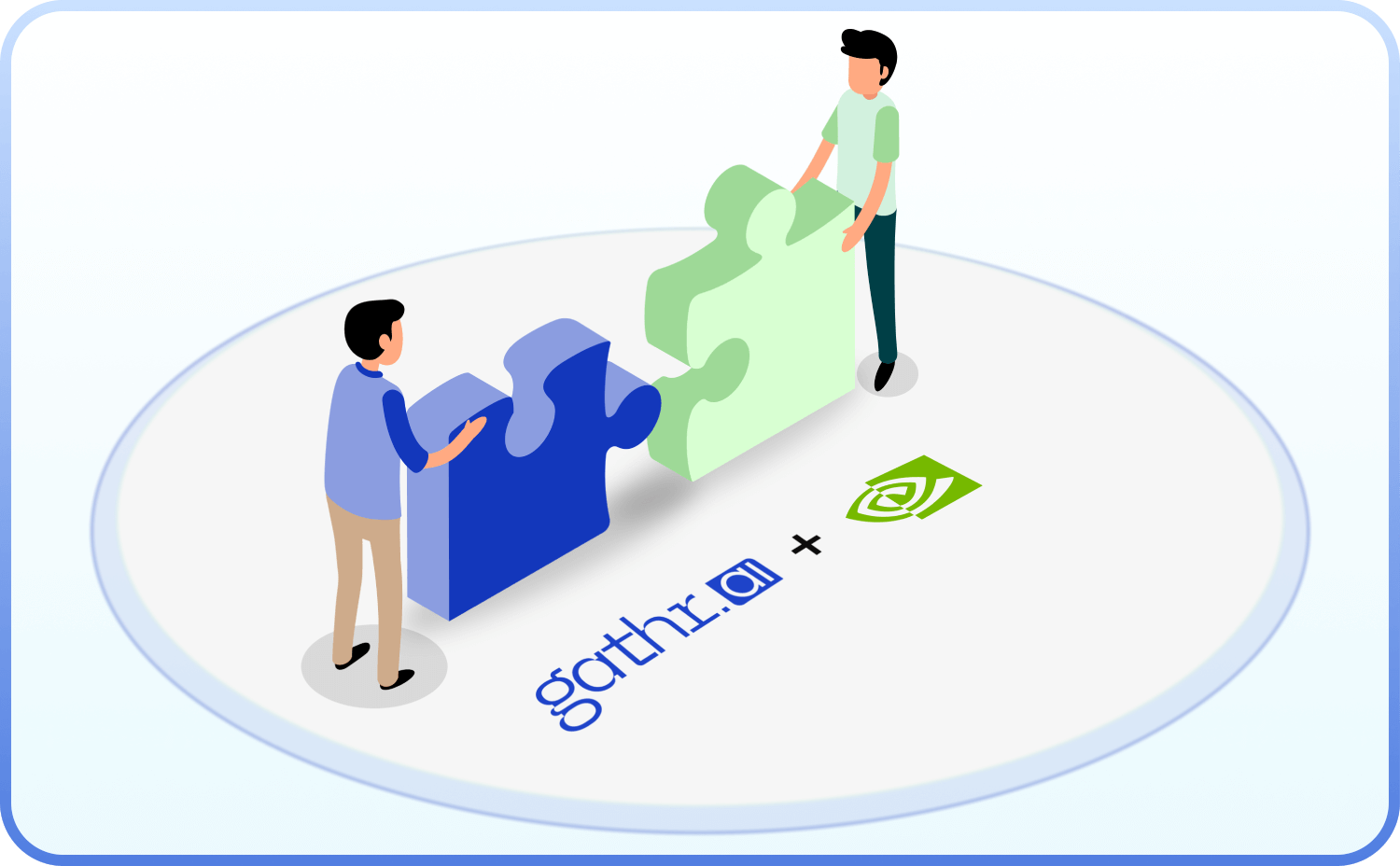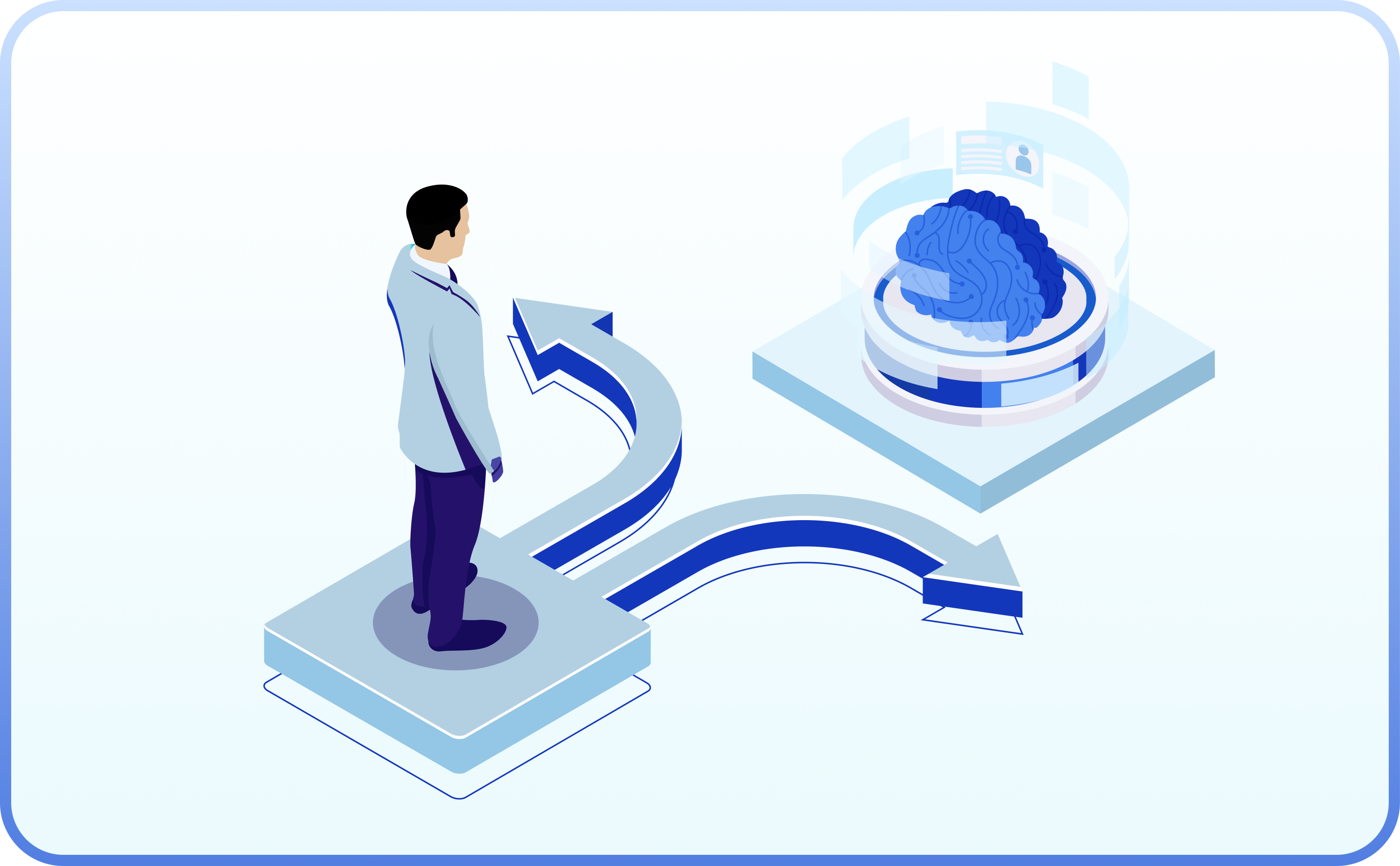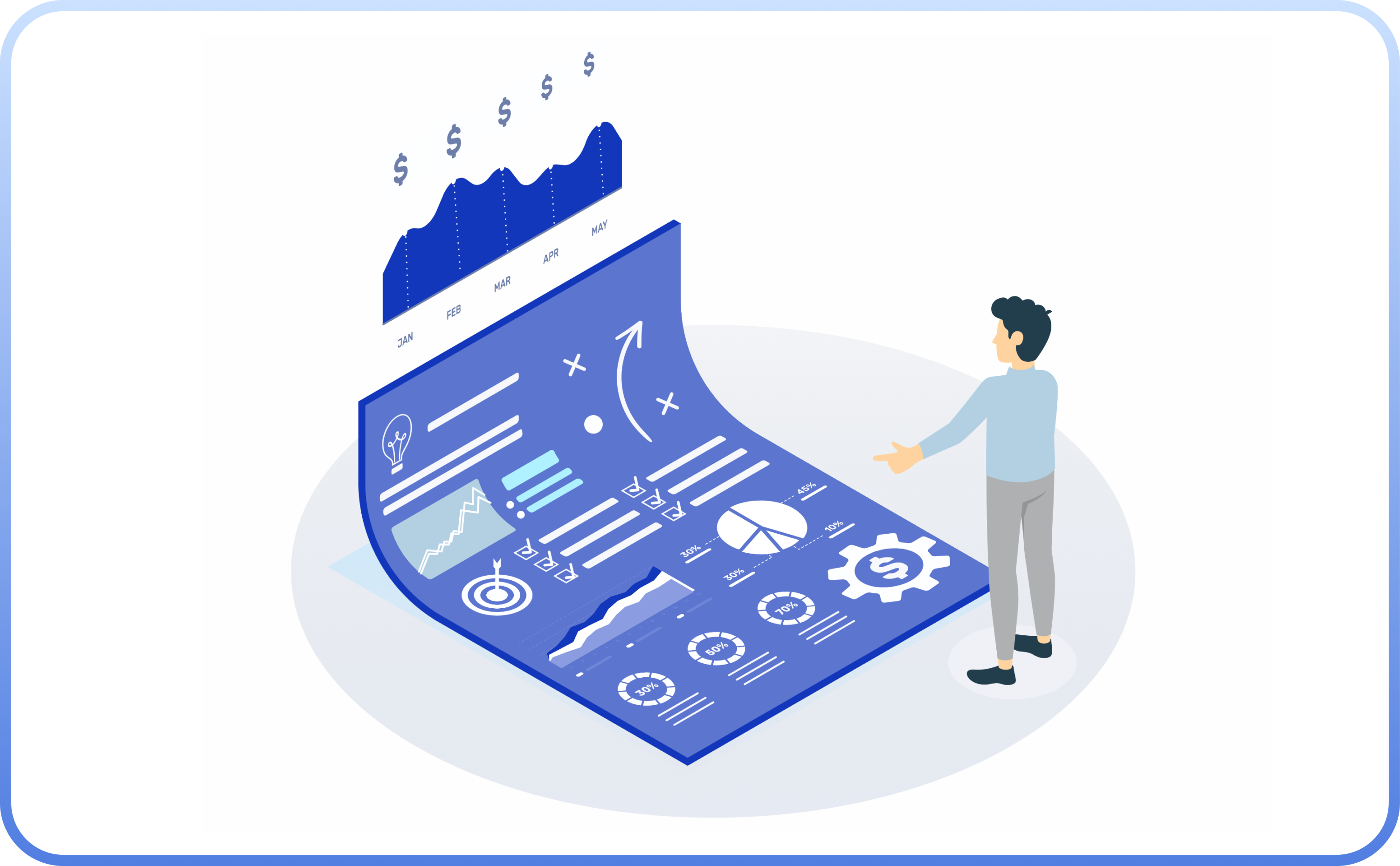Summary
Many businesses face performance and cost bottlenecks as their data pipelines run on CPUs while AI workloads run on GPUs. Discover how Gathr.ai + NVIDIA RAPIDS help unify data engineering and AI workflows on GPU-accelerated clusters—resulting in faster data processing, better performance, and higher ROI.
Today, organizations recognize the critical need to integrate their data engineering and AI workflows to deliver faster insights, foster innovation, and support emerging business use cases. However, many continue to rely on siloed approaches, where data and AI processing operate separately on CPU and GPU infrastructure, respectively.
To overcome this bottleneck, it is essential for enterprises to expand GPU usage beyond AI tasks to broader data engineering processes. This approach would enhance resource utilization, reduce latency, and maximize returns on GPU investments.
Challenges in unifying data engineering and AI workflows
While GPUs are ideal for AI tasks such as inferencing, semantic search, and model training, general-purpose computing tasks, such as data transformation, aggregation, parsing, and cleansing, are typically performed using CPUs and often not optimized for GPU environments. As a result, many organizations continue to rely on CPUs for these upstream processes.
This reliance on CPUs not only leads to the underutilization of GPU infrastructure but also results in AI models experiencing idle time, waiting for data to be ready. This transition from CPU-based to GPU-based processing can create a ‘waiting state’ for downstream AI tasks, leading to stale data zones and slower iteration cycles.
Enabling seamless execution of data and AI workflows on GPU-accelerated clusters with Gathr.ai + NVIDIA RAPIDS
The flexibility of using NVIDIA GPU clusters, powered by the RAPIDS suite of data science libraries, within Gathr.ai effectively addresses the challenge posed by the separation of CPU-based data engineering and GPU-based AI workflows. By bringing data and AI processing together on a unified infrastructure, the solution streamlines both upstream data processes and downstream AI tasks, helping ensure that GPU resources are fully leveraged to achieve higher performance and efficiency.
Gathr.ai’s integration with NVIDIA RAPIDS primarily focuses on two areas:
- Seamless integration of data and AI workflows: Gathr.ai enables upstream data processing (such as data ingestion and transformation) and AI inferencing to run together on single infrastructure. The seamless unification between data and AI workflows minimizes idle time, optimizes GPU resource utilization, and accelerates time-to-insights.
- Efficient deployment of AI models: Gathr.ai enables containerized deployment of AI, ML, LLMs on GPUs. These models are available to be integrated with data engineering workflows as visual drag-and-drop components on the no-code/low-code application studio, enabling a streamlined and unified user experience for building end-to-end workflows.
Key benefits of the integration
- Improved performance and efficiency: Data processing on GPUs, accelerated by NVIDIA RAPIDS, delivers up to an order-of-magnitude faster performance compared to CPU-only execution. This acceleration minimizes latency, removes stop-gap stale data zones and enables faster experimentation cycles.
- Higher returns on infrastructure investment: Gathr.ai helps organizations achieve a greater return on their GPU infrastructure by optimizing resource utilization across data engineering and AI workflows.
- Effortless transition to GPUs: Organizations can seamlessly transition existing pipelines from CPUs to GPUs without the need to rewrite ETL flows or acquire new skills. This capability not only saves time but also boosts productivity by enabling data engineers and scientists to focus on high-value tasks that drive organizational growth.
- Flexibility in managing workloads: Gathr.ai enables users to selectively run specific workloads on GPU-accelerated clusters, providing flexibility in workload management. This approach allows organizations to allocate GPU resources to run compute-heavy and complex tasks on GPUs while keeping less demanding processes on CPUs.
- Cost-optimized, high-performance AI and LLM deployments on GPUs: Gathr.ai uses containerization and quantization for rightsizing the workloads, enabling a cost-effective deployment of AI and LLM models on GPUs. This approach enhances parallelism, optimizes the utilization of virtualized GPUs, and delivers scalable, efficient AI solutions.
Conclusion
By using GPU-accelerated computing powered by NVIDIA RAPIDS, Gathr.ai empowers organizations with a transformative advantage in driving AI innovations. By leveraging GPU-accelerated clusters for both data engineering and AI model deployment, our integration enables organizations to accelerate data processing, optimize resource utilization, and improve price performance in support of their business use cases.


 Redshift
Redshift MS SQL
MS SQL  MySQL
MySQL PostgreSQL
PostgreSQL Trino
Trino Starburst
Starburst
 All resources
All resources





